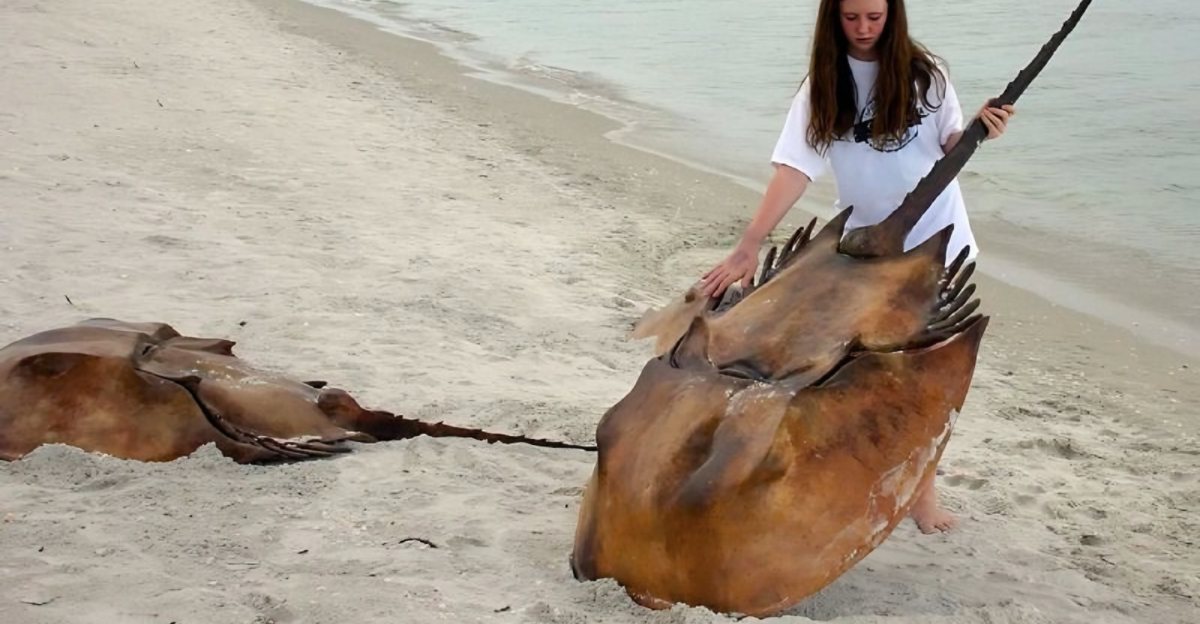
Some animals have survived unchanged for millions of years, which has earned them the nickname of “living fossils.” Most of these creatures have witnessed the rise and fall of dinosaurs, ice ages, and the start of humanity, but their bodies and behaviors have remained almost identical.
Their resilience is a testament to evolutionary success, allowing them to thrive where countless other species have perished. In this article, we’ll take a look at nine remarkable animals that have remained largely unchanged for over a million years. We will look at how these survivors have adapted, what makes them unique, and why their continued existence fascinates scientists and nature lovers worldwide.
1. Horseshoe Crab
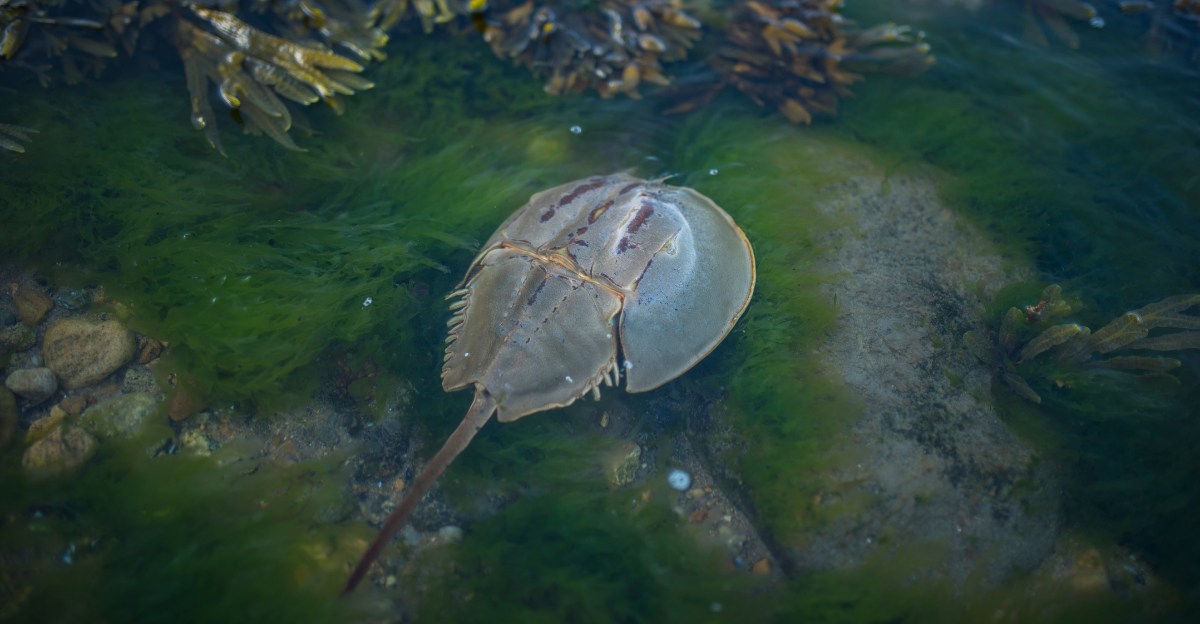
Horseshoe crabs are fascinating creatures that have lived along Earth’s shores for over 450 million years, making them one of the oldest unchanged animals alive. Today, their hard, domed shells and long, pointed tails look almost exactly like their fossilized ancestors.
Interestingly, horseshoe crabs are more closely related to spiders and scorpions than to true crabs. These strange-looking creatures play extremely important roles in coastal ecosystems, and their blue blood is essential for medical testing. To this day, they still gather in massive numbers each spring to lay eggs, following ancient rhythms that have guided their survival since before the dinosaurs.
2. Coelacanth
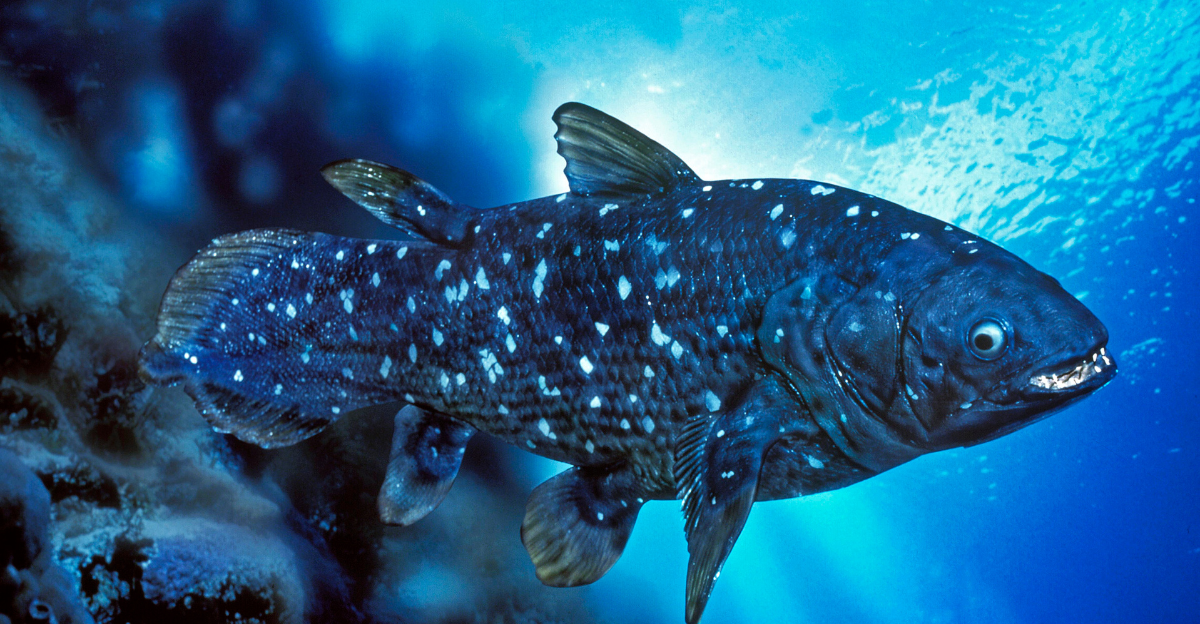
The coelacanth is a deep-sea fish that was presumed extinct before its rediscovery in 1938. According to fossils, these fish have existed for over 400 million years, and their present form is nearly identical to that of their ancient ancestors. With their lobe-shaped fins that resemble early limbs, coelacanths provide valuable insight into the evolutionary leap from sea to land.
Coelacanths have a unique hinged joint in their skulls, which allows them to open their mouths wider than most fish. Found in the deep waters off the coasts of Africa and Indonesia, these ancient fish have remained largely unchanged for millions of years.
3. Tuatara
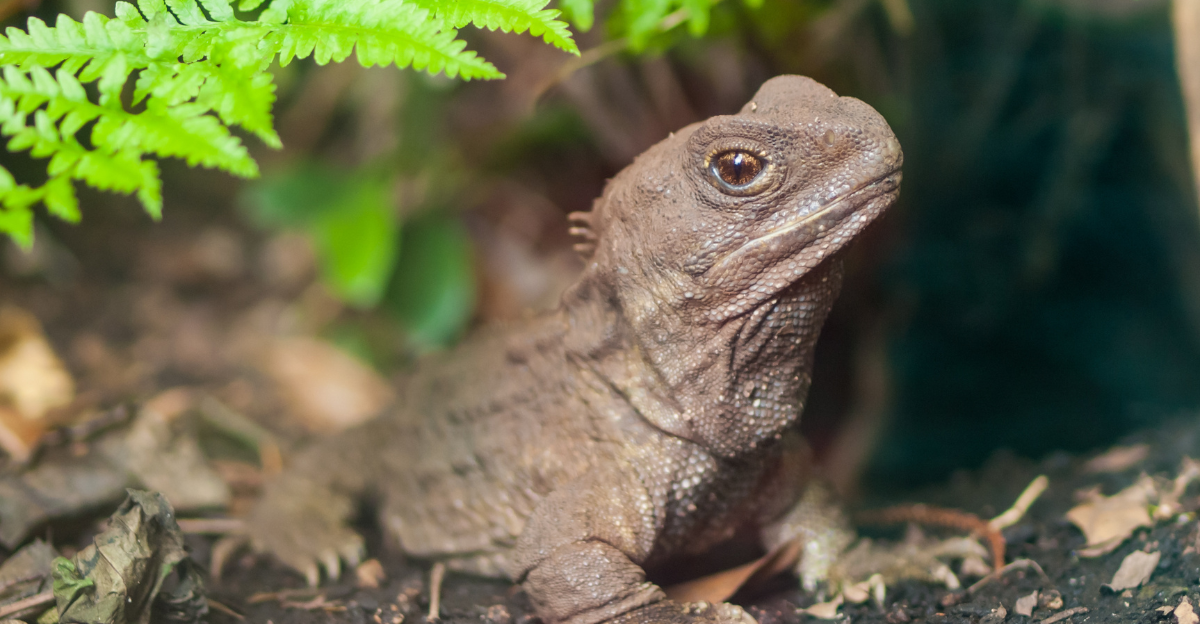
The tuatara is a reptile native to New Zealand. It is often referred to as a “living dinosaur.” It belongs to its own ancient lineage, the order Rhynchocephalia, which once thrived alongside dinosaurs. These creatures have barely changed over the past 200 million years, and the tuataras alive today are almost identical to those from a million years ago.
They have a spiny crest, a unique third “parietal” eye, and a slow metabolism that allows them to live for over a century. Tuataras are nocturnal creatures that feed on insects and small animals. Their survival is partly due to New Zealand’s isolation, which protected them from predators.
4. Nautilus
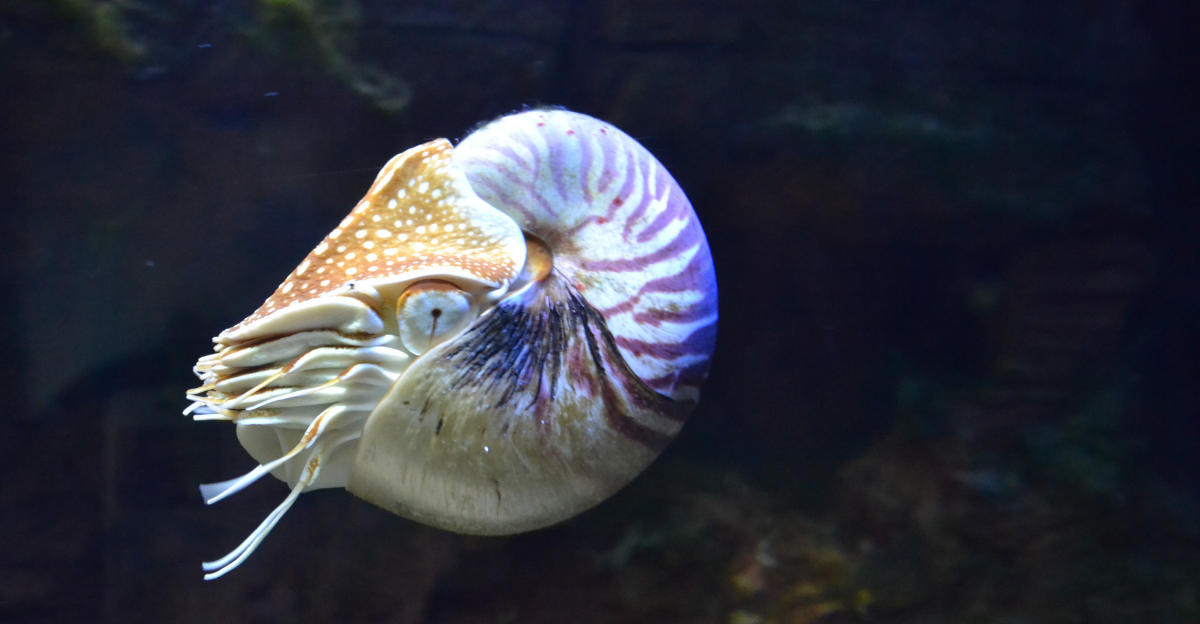
The nautilus is a marine mollusk that is known for its beautifully spiraled shell, which has remained almost unchanged for approximately 500 million years. Unlike their more evolved cousins, such as octopuses and squid, nautiluses still have an external shell and primitive, pinhole-style eyes. They use jet propulsion to move through Indo-Pacific waters and use their tentacles to catch prey.
Because of its slow metabolism and ability to withstand deep-sea pressure, the nautilus has survived countless environmental changes over the years. Unfortunately, overfishing for their attractive shells threatens their future, but for now, nautiluses remain living fossils, drifting through the ocean just like they did a million years ago.
5. Alligator

Alligators have been around for over 80 million years, surviving the mass extinction that ended the age of dinosaurs. The American alligator looks almost identical to fossilized ancestors from a million years ago. With armored skin, powerful jaws, and stealthy hunting techniques, alligators have reigned as apex predators for thousands of years.
These magnificent creatures play vital roles in wetland ecosystems, often creating habitats for other wildlife. Over the years, their reproductive habits and behaviors have remained largely unchanged. Despite facing threats from habitat loss and hunting, alligators have shown impressive resilience, securing their place in the wetlands of the southeastern U.S.
6. Sturgeon

Sturgeons have thrived in Earth’s rivers and lakes for over 200 million years. These ancient fish’s elongated bodies, bony plates, and distinctive snouts have hardly changed in the last million years. They are famous for producing caviar, but their true claim to fame is their prehistoric lineage.
These fish can reach enormous sizes, sometimes growing to over 18 feet long. They also often live for over a century. Sturgeons still migrate upstream to spawn like they did millions of years ago. Sadly, they are threatened by overfishing and habitat loss.
7. Komodo Dragon
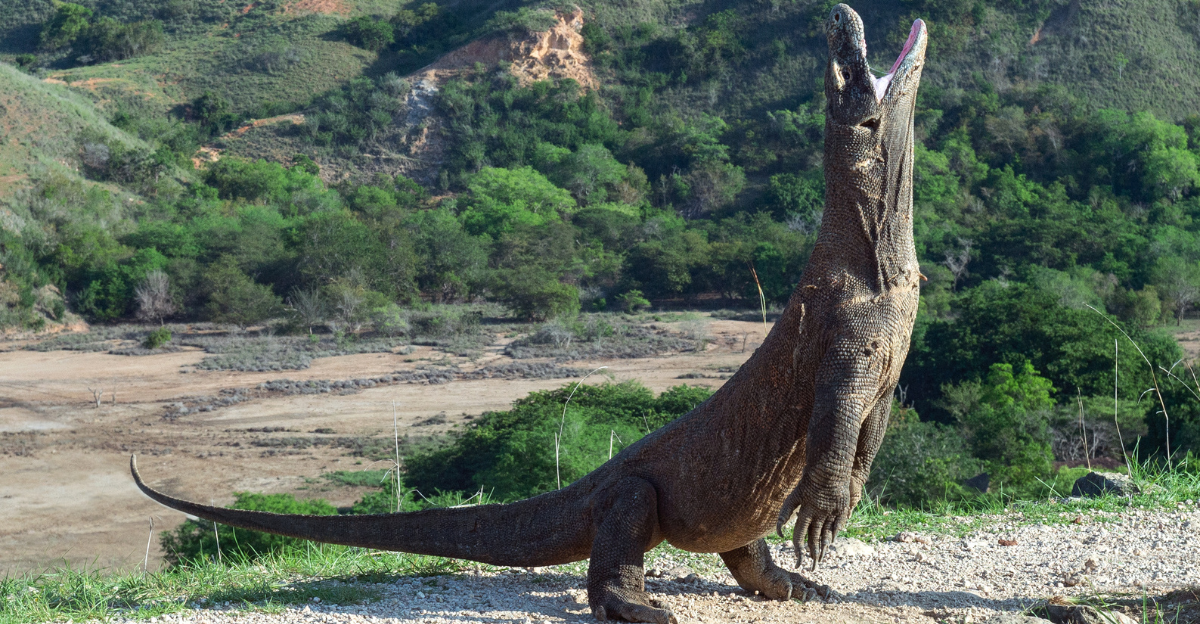
The Komodo dragon is the world’s largest lizard. It has roamed Indonesian islands for millions of years. Fossil evidence shows that its ancestors appeared at least four million years ago, and today’s Komodo dragons are nearly identical to those fossils. They can reach lengths of up to 10 feet and weigh over 150 pounds.
These reptiles are powerful predators and use their venom and stealth to hunt deer, pigs, and even water buffalo. Unfortunately, they are also vulnerable to habitat loss and human activity.
8. Platypus
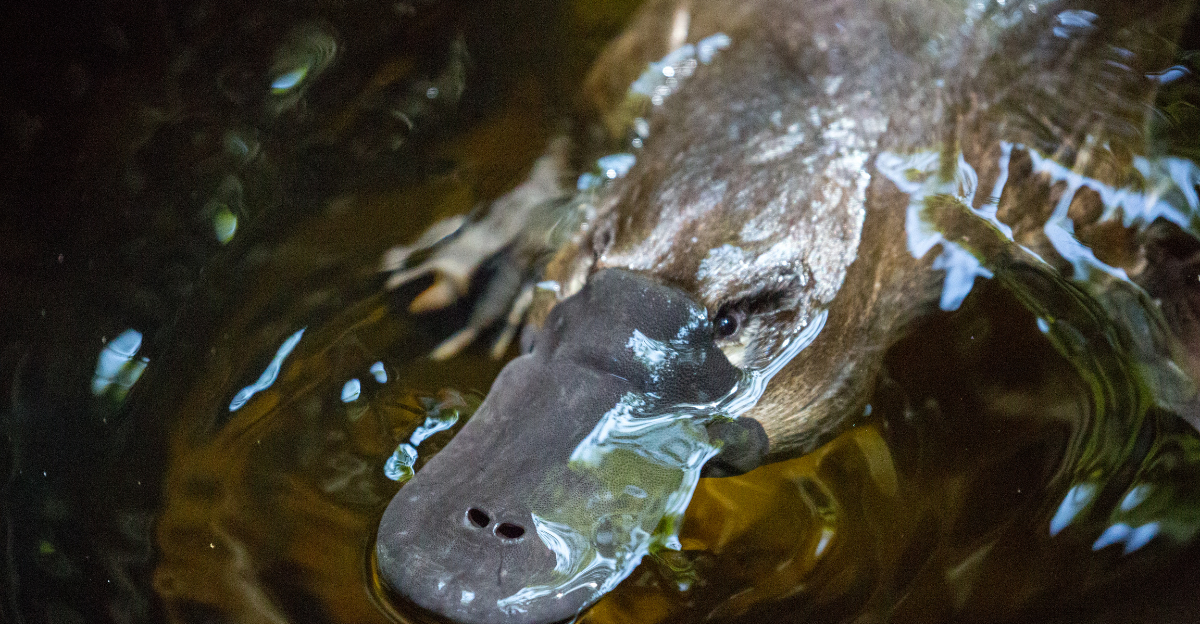
The platypus is often referred to as one of the strangest mammals on Earth. These creatures have duck-like bills, webbed feet, and lay eggs. Fossils have revealed that platypuses have existed in their current form for at least a million years, and their ancestors date back over 100 million years.
The platypus’s unique features, including electroreception for hunting underwater, have helped it survive environmental changes. They are native to Australia, where they live in rivers and streams, feeding on insects and small aquatic animals.
9. Goblin Shark
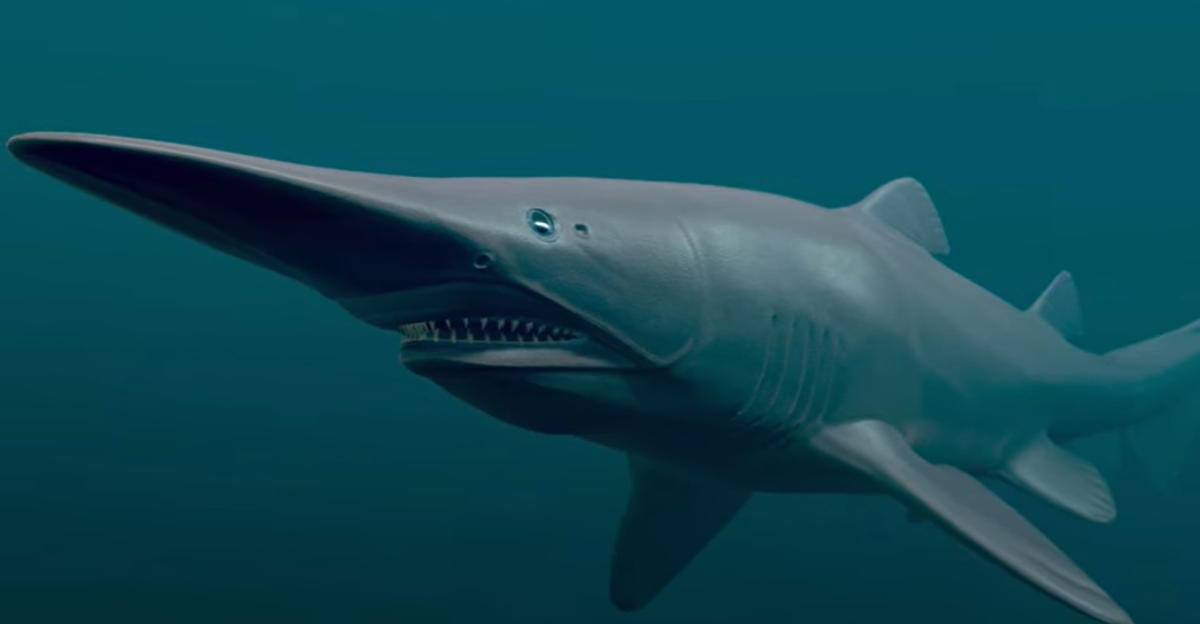
The goblin shark is a deep-sea predator that has barely changed since the Cretaceous period, over 100 million years ago. It is best known for its elongated, flattened snout and protrusible jaws, which snap forward to catch prey. Goblin sharks live at depths of up to 4,000 feet and are rarely seen by humans.
Their pinkish skin and eerie appearance have earned them the nickname “living fossil.” Despite their ancient lineage, goblin sharks remain mysterious, with very little known about their biology.
Explore more of our trending stories and hit Follow to keep them coming to your feed!

Don’t miss out on more stories like this! Hit the Follow button at the top of this article to stay updated with the latest news. Share your thoughts in the comments—we’d love to hear from you!







